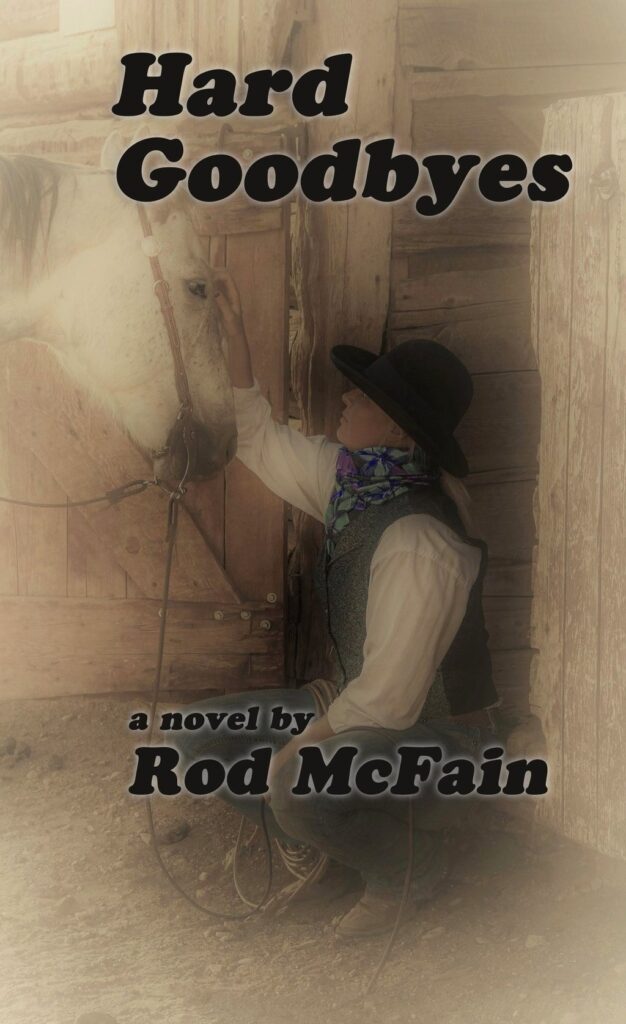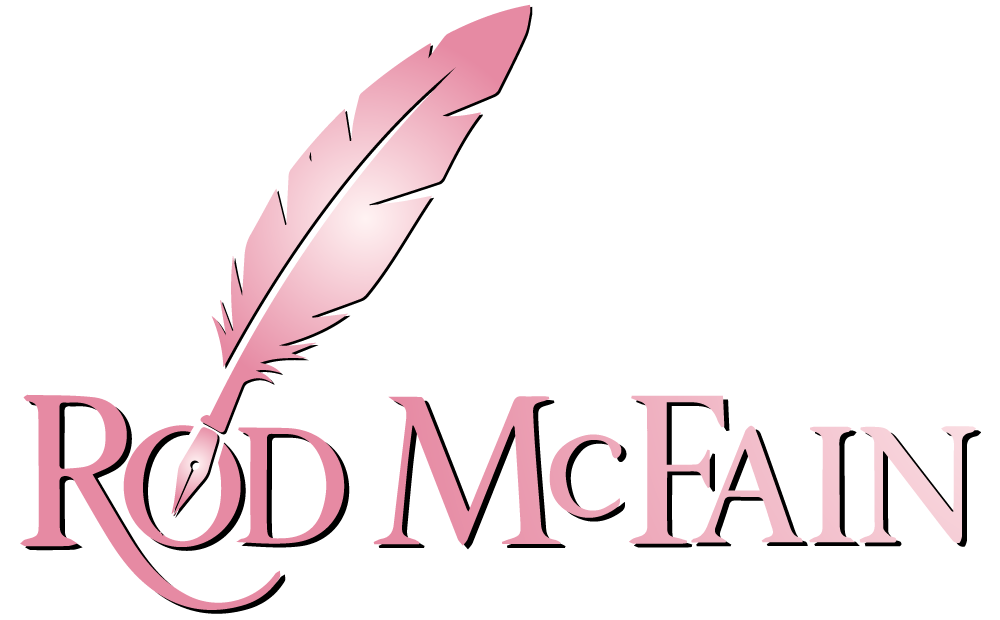Novels
SHE'S GOT IT
In the opulent and fast-paced era of the Roaring ’20s, the entertainment world was a dazzling spectacle, bursting with glitz, glamour, and untold stories. Amidst the Jazz Age rhythms and the allure of the silver screen, one star shone brighter than the rest: Clara Gordon Bow. Clara was not just a name; she was a phenomenon. She became a symbol of the new age woman, the flapper: independent, ambitious, and unapologetically glamorous.
Clara’s star rose during the silent film era. Silence is multi-layered, mysterious, and tricky. It can be a serene sanctuary or a place of loneliness. She was both a heroine and a casualty of the muted screen.
Clara’s entry into the movies was nothing short of meteoric. Her natural charisma enthralled audiences, making Clara a household name. She stars in numerous films, including The Plastic Age and Mantrap, showcasing her versatility and depth as an actress. Her defining moment was the film IT, which popularized the term It Girl, referring to a woman with magnetic charm and undeniable appeal.
She’s Got It is a highly transporting, spirited, and riveting jaunt through the early cinema. It will be read for hours without wanting to leave the world that has been constructed. Readers will be in every room, every scene, feeling swoony with desire and energy. Clara comes alive through the context of the story’s timeline, the relevant history of film, and the mirroring of the mores and moods of the time.
Rod McFain guides readers through the delicate psyche of a woman half self-declared and half shoe-horned into fame.
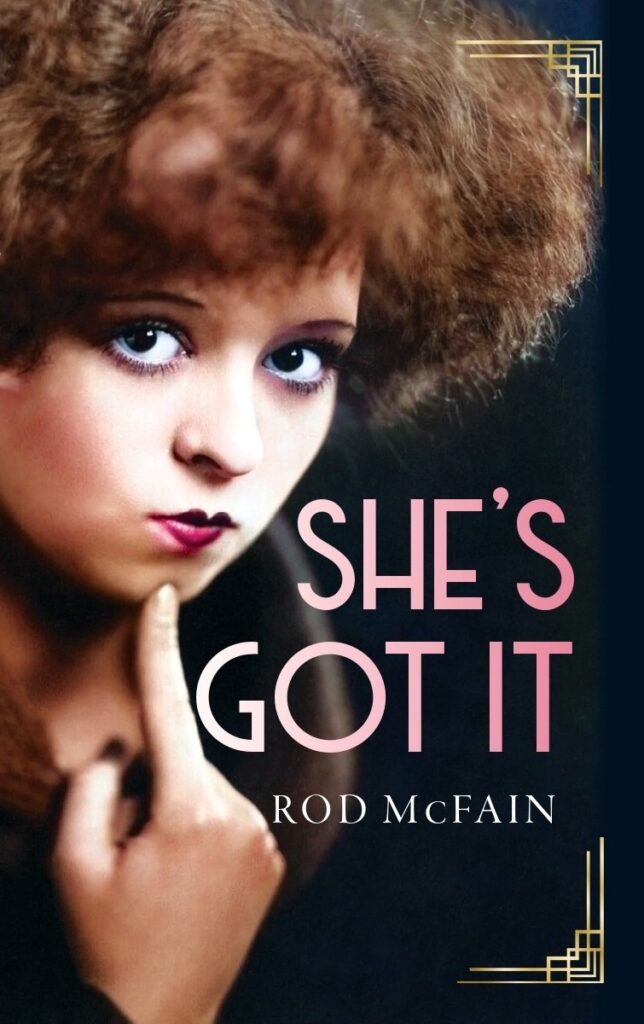
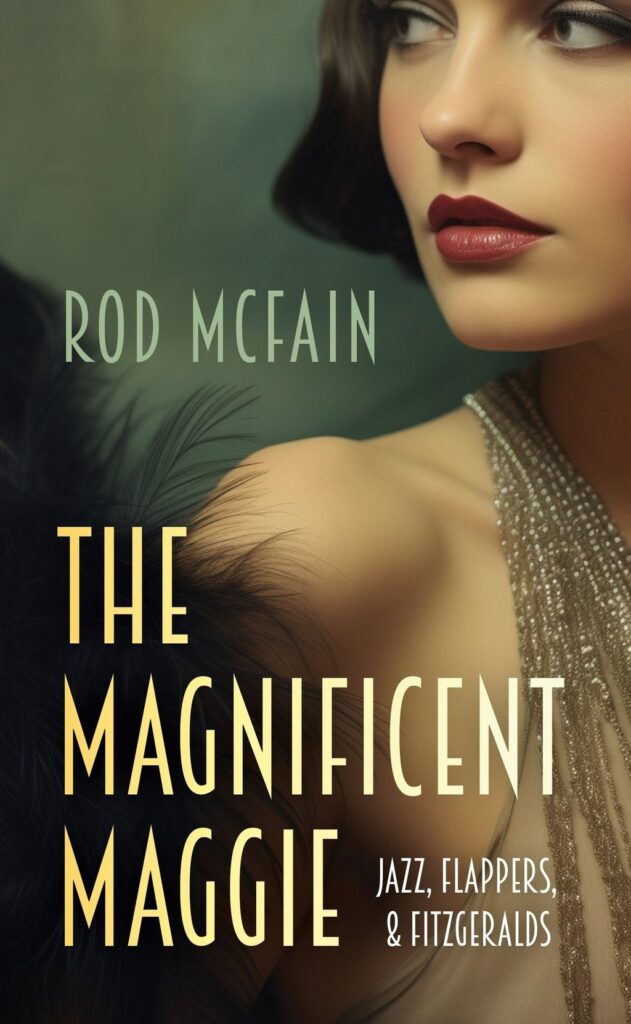
THE MAGNIFICENT MAGGIE
The Roaring 20s . . . It was a marvelous time to be alive, a decade of prosperity, social and political change, F. Scott and Zelda Fitzgerald, Hemingway, the Jazz Age, and the lost generation.
Maggie O’Sullivan and C.J. Elliot marry and set off pursuing the promise of excitement, wealth, and opulence. Maggie is a modern woman battling a still restrictive environment. She’s confident, strong, striking, funny, and a champion of women’s issues. She’s also reckless—a bit Clara Bow, a touch Louise Brooks, with a smattering of Garbo.
Maggie fights for women’s rights, says what she wants, embraces being a flapper, bobs her hair, shortens her skirts, and dances The Charleston. C.J. sets out to win Maggie and write the Great American Novel.
The married Elliotts immerse themselves into a group of expatriates and, later, the elite of Hollywood. For all its glamor, the dark underbelly of The Jazz Age makes the decade a tricky time for romance, love, marriage, and friendships. Even sanity is hard to maintain.
ROD MCFAIN
The year is 1874. Gray Wehr is a complex man, an enigma. Saddled with a deserved but unsought reputation, he longs for a quiet life, a chance to make amends. Gray wants no part of it, but his past life won’t die. When an old friend comes seeking a savior, he faces an agonizing decision. Does he play the role of redeemer, honor a lifetime dedication to friendship and try to save her captured family, or reject her plea that will lead him back into the brutality of the past? Without pursuit, there will be no deliverance, but there are no guarantees, except that people will die.
Pursuit progresses at an exciting pace, growing in emotional intensity as it moves. Strong characters, both male and female, are presented in a rugged, historically accurate western setting. Pursuit is a tale of individual heroism and of cruelty. It is both uplifting and achingly moving.
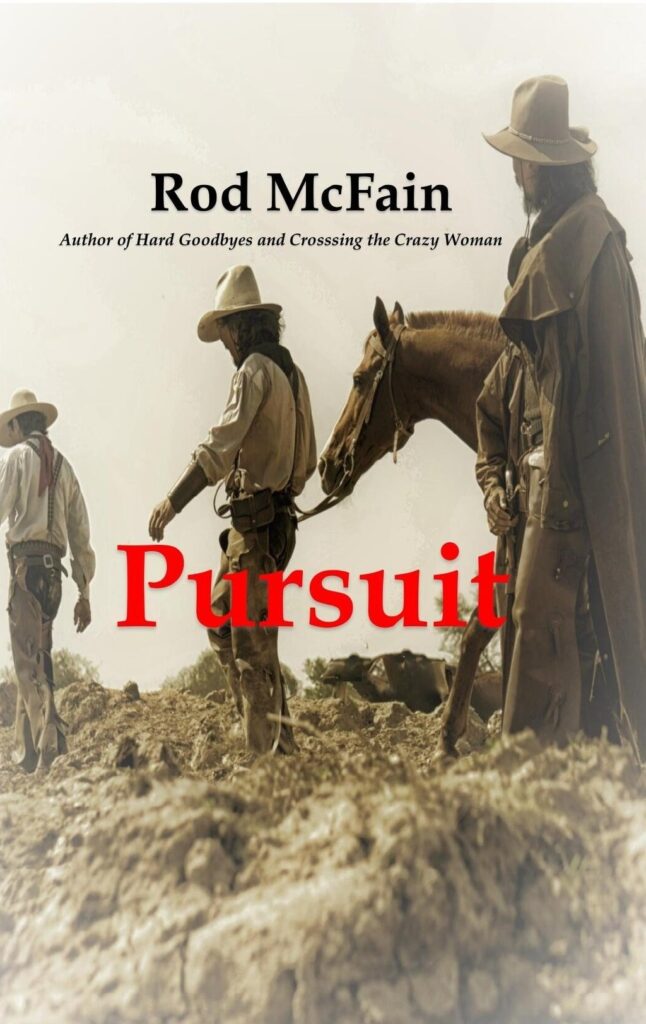
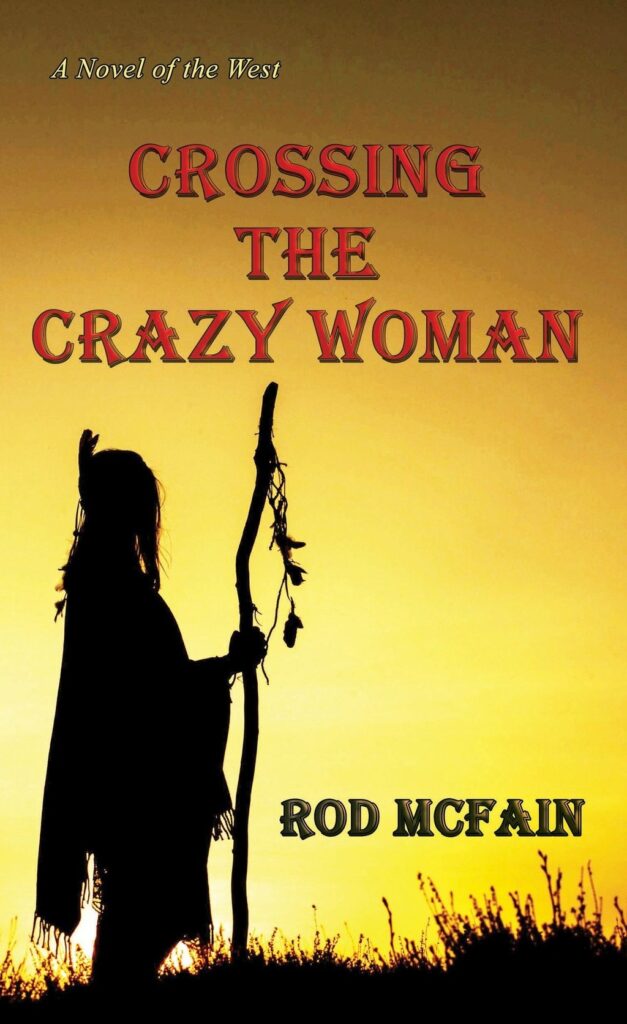
CROSSING THE CRAZY WOMAN
The time is 1868, and a treaty between the American Government and the Sioux Nation threatens the long-established home of settlers in the Bighorn Mountains.
A beautiful woman with dark hair and eyes, Annie Laurie, is ardently in love with Gray Wehr. Unfortunately, he is no perfect love. The man is flawed-all are. Loving him is senseless, painful, frustrating, but she’d have it no other way.
Wehr’s insatiable wanderlust has repeatedly pulled him out of his valley home, where an unsought gun reputation haunts his life. Although having come home, ostensibly to stay, he gives in to Annie and agrees to take her, his two years younger sister, and four friends on an arduous journey to Fort Laramie and back home.
An odd group of townsfolk will fight to save their home. Crossing the Crazy Woman is a novel of the human spirit, freedom, and of life and death.20
HARD GOODBYES
The year is 1860. Ally Hart is a strong woman, but overseeing a lonely ranch near Fort Laramie, Wyoming isn’t what she had in mind when she married. After her husband’s death, it’s all that’s left.
A rival rancher has malice in his heart. He means to do Ally harm. How far can a woman be pushed? Will she ever stand and fight? Can she win if she does? The answer falls squarely on Ally’s shoulders until fate intervenes in the form of two men. The three have never met. If lives lasted forever, they never would. But lives don’t last forever.
Ally’s story is told in an enduring style, spilling over with realism, the grit of the Old West, and a dash of good humor. The characters—all imperfect—face loss, fear, conflict. They seek independence, redemption, perhaps love, or simply their place in the world.
Hard Goodbyes is the story of a young widow whose life depends on sober reason or delusion—pragmatism or idealism. It’s not pretty. It may get ugly.
